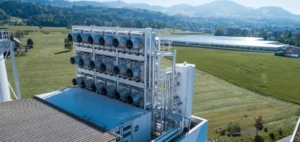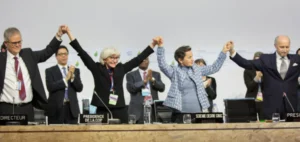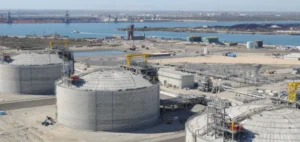The bilateral arrangement creates a sovereign channel to authorize, transfer and account for Internationally Transferred Mitigation Outcomes (ITMOs) under Article 6 of the Paris Agreement. It targets REDD+ — Reducing Emissions from Deforestation and forest Degradation (REDD+) — activities. The purpose is to meet Nationally Determined Contributions (NDCs) for the state buyer while preserving the host’s accounting sovereignty. The Implementation Agreement (IA) sets governance architecture for activity authorizations, transfer monitoring and application of corresponding adjustments.
Architecture and target volumes
The Republic of Singapore, through the National Climate Change Secretariat (NCCS) and the Ministry of Trade and Industry (MTI), has pre-selected a Nature-Based Solutions (NBS) portfolio totaling about 2.175 megatonnes of units, including the Kowen Antami REDD+ project in Peru. This state demand is explicitly for Article 6 use toward NDC compliance. The delivery profile is structured to secure multi-year volumes, with a public aggregator role on the demand side. The visibility granted to NBS projects is a market signal for developers and for compliance-oriented financiers.
On the host side, Peru relies on the Registro Nacional de Mitigaciones (RENAMI) to govern activity authorization, reference admissible standards and track unit movements. The domestic framework has recognized the Verified Carbon Standard (VCS) and expanded the methodological list while conditioning ITMO export on rigorous authorization and monitoring procedures. The IA establishes a Joint Committee mandated to approve eligible activities and issue the required authorization statements. Corresponding adjustments are applied to prevent double counting against NDC inventories.
Methodologies and supply effects
Migration to Verra’s VM0048 (updated REDD+ methodology) and VMD0055 (deforestation risk mapping module) changes credit generation by allocating risks across finer spatial units. This methodological tightening mechanically lowers baselines and therefore creditable volumes across many project areas. Developers must incorporate heightened requirements in Measurement, Reporting and Verification (MRV) and in Geographic Information System (GIS) capabilities. The expected outcome is an effective supply contraction with higher unit costs driven by data, audits and governance.
These shifts move the bankability frontier: projects with robust time-series data, remote-sensing surveillance systems and documented Free, Prior and Informed Consent (FPIC) processes maintain eligibility profiles. Marginal projects face volume attrition risks and revenue timing slippage. Financiers are adjusting term sheets accordingly, adding volume-at-risk and make-good clauses. The price differential between “Article 6-ready” NBS credits with corresponding adjustments and legacy Voluntary Carbon Market (VCM) credits tends to widen.
Sectoral compliance and traceability
For aviation, compatibility with the Carbon Offsetting and Reduction Scheme for International Aviation (CORSIA) depends on national guidance for authorization and use allocation. The International Civil Aviation Organization (ICAO) sets phase-specific eligibility criteria that the host must operationalize. Until the use split between NDC/Article 6 and aviation is clarified, flows toward CORSIA remain constrained. Airlines prioritize units with clear traceability, unambiguous serials and no allocation conflicts.
Interoperability between RENAMI and Article 6 registries is a central control point. It covers unit serialization, account keeping, transfer log synchronization and publication of corresponding adjustments. Data lineage requirements and independent third-party audits reinforce credibility of movements. For contracts, Emission Reduction Purchase Agreements (ERPAs) and Purchase and Sale Agreements (PSAs) now include conditions precedent tied to Article 6 authorization and post-VM0048/VMD0055 volumes. Developers are structuring multi-year MRV plans and dedicated capex to secure deliverability.






















